可充电电池是我们现代生活中非常重要的一部分, 从智能手机到电动汽车的所有功能. 市场上有这么多类型的可充电电池, 您可能想知道哪种可充电电池的循环寿命最长.

本文将使我们更深入地了解这个话题, 了解不同类型的长寿可充电电池的特征, 影响其寿命的关键因素, 以及哪些电池在寿命方面是最好的.
什么是可充电电池?
A 可充电电池 是一种可以通过电力充电并重复排放的电池. 与一次性电池不同, 连接到充电器的电源后,可充电电池可以使用几次.
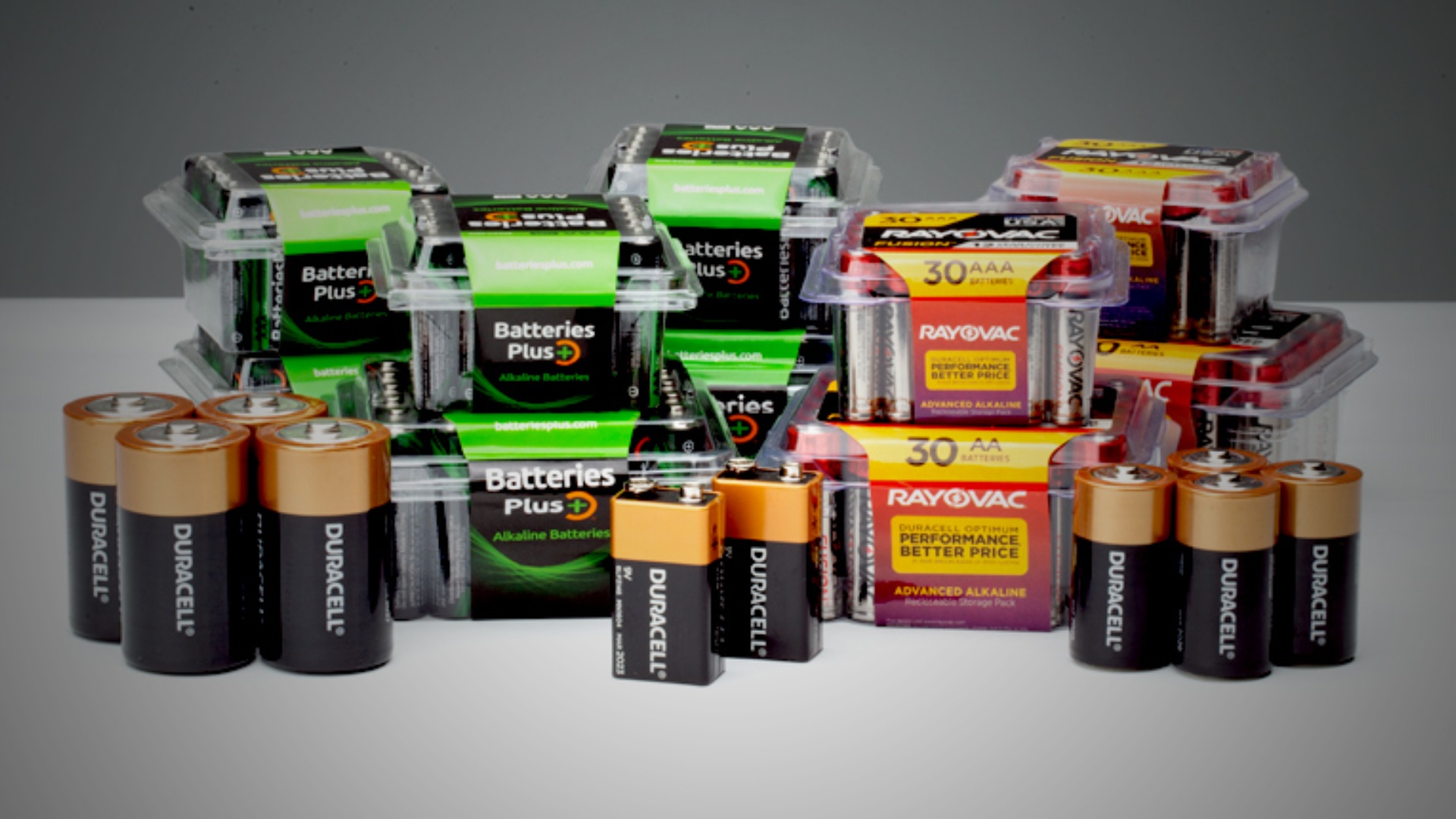
它由一个或多个电化学细胞组成. 使用“累加器”一词是因为它通过可逆的电化学反应累积和存储能量. 可充电电池有多种形状和尺寸, 从纽扣电池到连接到稳定分销网络的兆瓦系统.
可充电电池的类型是什么?
市场上有许多类型的可充电电池, 每个都有独特的特征和应用. 了解这些差异将有助于您选择最佳的长寿电池满足您的需求.
1. 锂离子 (锂离子电池) 电池
特征: 锂离子电池以其高能量密度而闻名, 这意味着它可以以相对较小的大小和重量存储大量能量. 因此, 锂离子电池广泛用于消费电子产品,例如智能手机, 笔记本电脑和相机.

应用领域: 适用于便携式电子设备, 电动汽车和可再生能源存储系统.
优点:
轻的, 容易携带.
高能量密度和长耐力.
自放电率低, 更少的功率损失.
缺点:
它对高温敏感,需要良好的热管理.
如果损坏或充电不当,导热失控的风险.
2. 磷酸铁锂 (磷酸铁锂) 电池
特征:LFP电池是锂离子电池的亚型,以其出色的安全性和稳定性而闻名. 它们的能量密度低于传统锂离子电池, 但是他们的服务寿命大大更长.
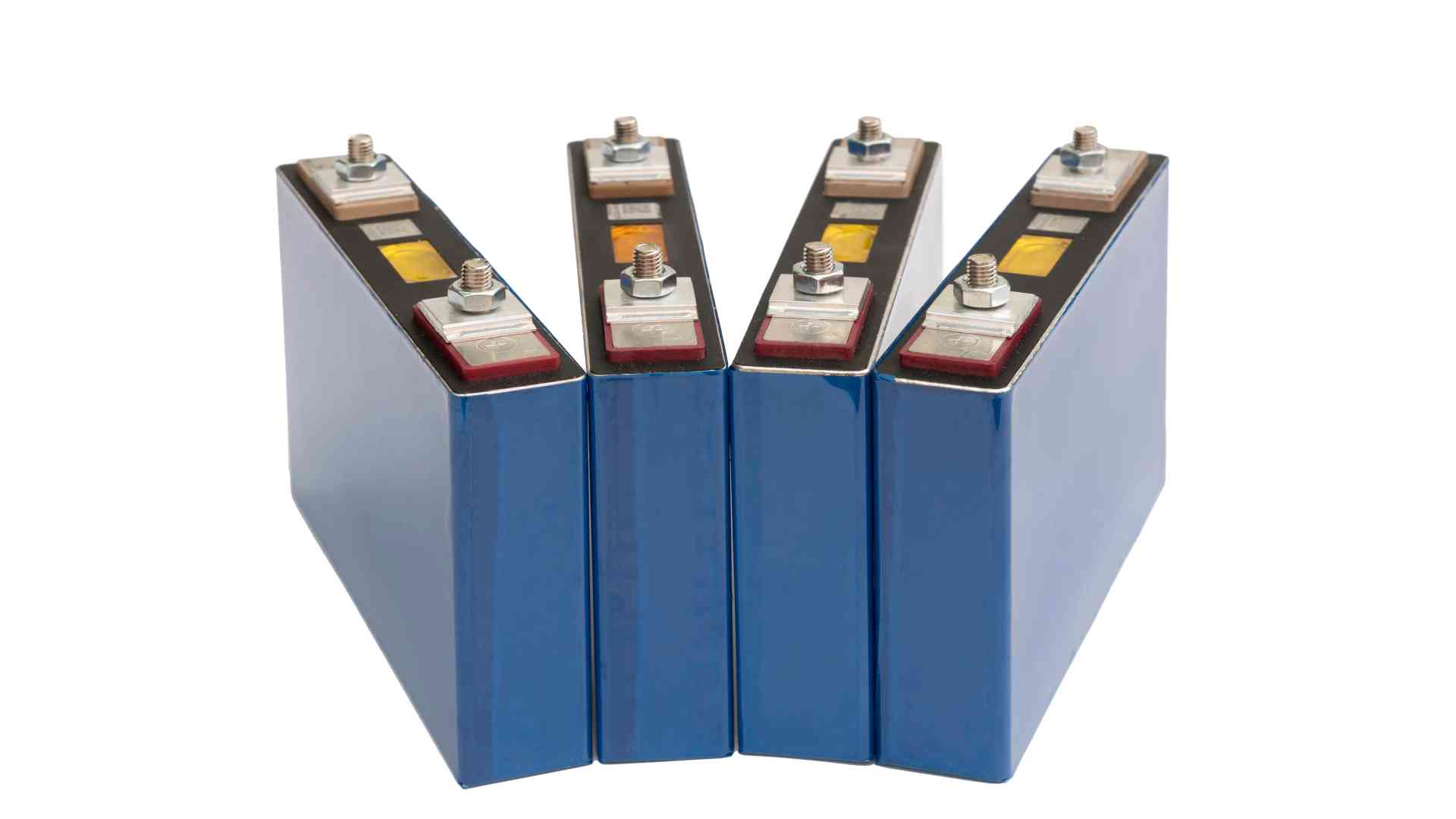
应用领域: 广泛用于电动汽车, 太阳能存储系统和电动工具以及其他领域.
优点:
非常长的使用寿命, 减少更换的频率.
具有较高的热稳定性和化学稳定性, 安全性更高.
在极端条件下表现良好.
缺点:
能量密度低,体积相对较大.
初始成本更高, 但是长期使用成本较低.
3. 铅酸电池
特征: 铅酸电池是最古老的可充电电池之一. 其可靠性和强大的当前轴承能力, 它被广泛用于各个领域.

应用领域: 通常用于汽车启动电池, 不间断的电源 (UPS) 系统, 和太阳能存储解决方案.
优点:
高可靠性和稳定的性能.
可以承受高泛滥电流, 适合高功率要求.
低成本, 经济利益.
缺点:
大尺寸和重量, 不便携带.
需要定期维护, 这增加了复杂性.
服务寿命相对较短,需要经常更换.
4.. 镍金属氢化物电池
特征: 镍金属氢化物电池是一种更安全,更环保的替代品,替代了镍粉电池. 由于其可靠性和环境特征, 它被广泛用于从家用电子设备到混合动力汽车的各个领域.
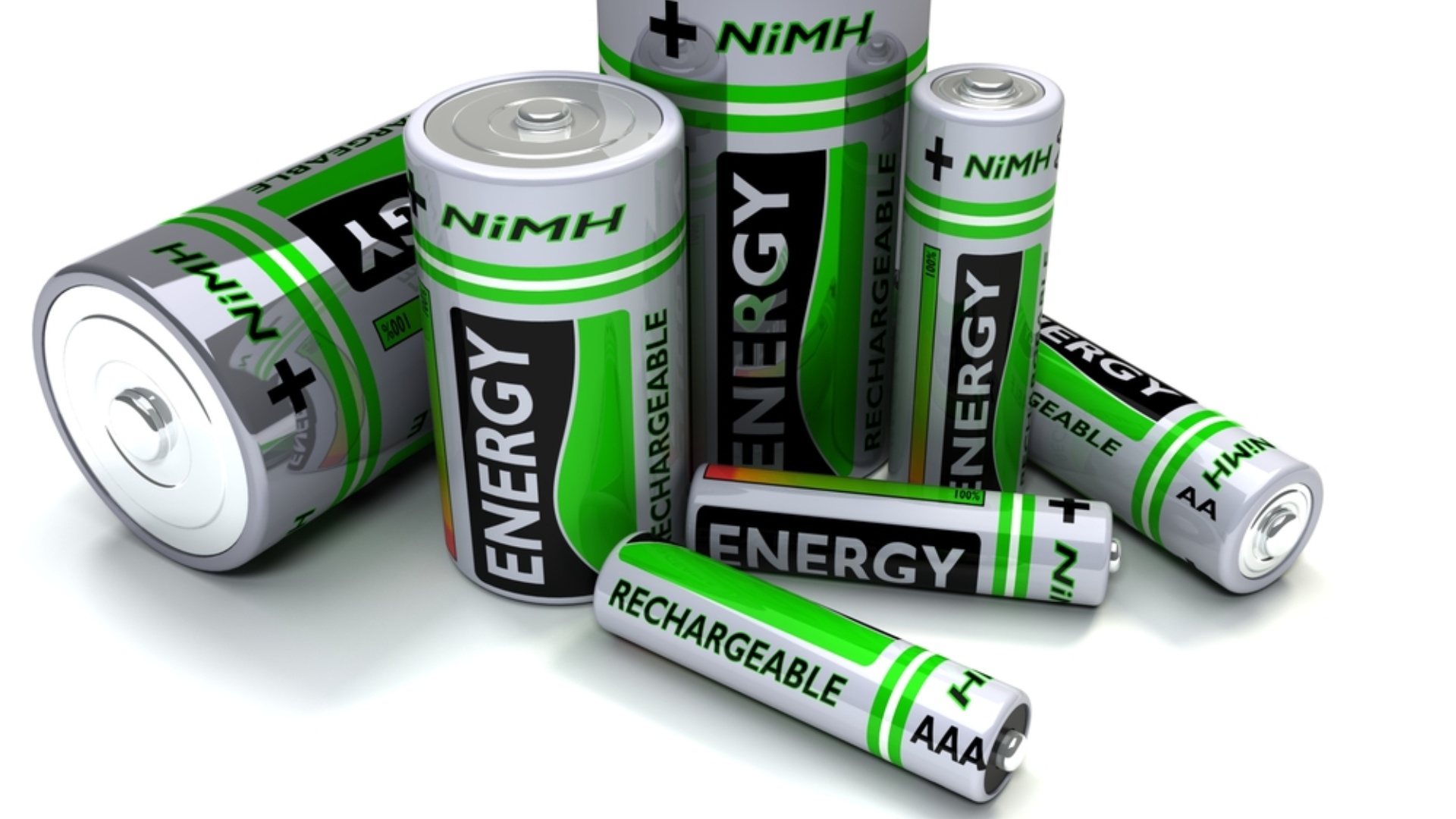
应用: 适用于各种可充电电池设备,例如家用电子产品, 混合动力汽车和电动工具.
优点:
中等能量密度以提供稳定的功率输出.
它比镍 - 加载池更安全,不含有害物质.
不容易产生记忆效果, 服务寿命更长.
缺点:
高自放电率和较短的存储时间.
在充电过程中产生热量, 因此请注意散热.
通过了解这些可充电电池的特征, 您可以更好地权衡他们的优势和缺点,以便更好地选择最适合您需求的电池类型, 确保最好的使用体验和安全.
哪些可充电电池的使用寿命最长?
为了确定哪个长寿命电池的使用寿命最长, 让我们仔细看看四种电池的寿命,并比较其特征.
1. 锂离子 (锂离子电池) 电池寿命
生活范围: 之间 300 和 500 周期.
锂离子电池由于其高能密度和轻巧的特性而受到青睐. 然而, 即使处于闲置状态, 锂离子电池的性能会随着时间的推移而逐渐降解.
2. 磷酸铁锂 (磷酸铁锂) 电池寿命
生活范围: 2000 到 5000 周期.
LFP电池以其长期使用寿命和高安全性而闻名. 与其他锂离子电池相比, 它们在高温下稳定,不太容易失去热失控. 尽管它们的能量密度很低, 它们的寿命和稳定性使它们非常适合长期可靠性至关重要的应用, 例如电动汽车和可再生能源存储系统.
3. 铅酸电池寿命
生活范围: 范围 200 到 300 周期
铅酸电池强大, 稳定可靠, 但使用寿命相对较短. 最大化服务寿命, 需要定期维护工作. 例如, 确保适当的充电水平,同时试图避免深层排放. 如果管理不当, 硫酸盐, 在面板上形成硫酸盐晶体的过程, 可以大大降低电池的寿命.
4.镍氢 (镍氢电池) 电池寿命
生活范围: 500 到 800 周期.
镍金属氢化物电池的使用寿命正常, 并且不太容易发生记忆效果. 然而, 他们的自我释放率更高, 这意味着当他们不使用时,他们的力量以更快的速度损失. 正确的充电方法可以帮助延长他们的服务寿命.
| 电池类型 | 生活范围 | 主要功能 |
| 铅酸 | 200 到 300 | 重的, 强的, 维护, 短期使用寿命 |
| 锂离子 (锂离子电池) | 300 到 500 | 高能量密度, 轻的, 容易降解 |
| 镍金属氢化物电池 (镍氢电池) | 500 到 800 | 中等能量密度, 更高的自我解雇 |
| 铁磷酸锂 (磷酸铁锂) | 2000 到 5000 | 持久, 高稳定性, 较低的能量密度 |
是什么决定电池周期寿命?
有几个因素会影响电池周期寿命. 了解这些因素可以帮助您最大化电池的寿命.
充电和放电循环
充电周期是指电池充满电并放电的过程. 每种电池类型都可以充电有限的次, 除此之外,它的容量大大下降了. 频繁的充电和排放将影响电池的整体寿命.
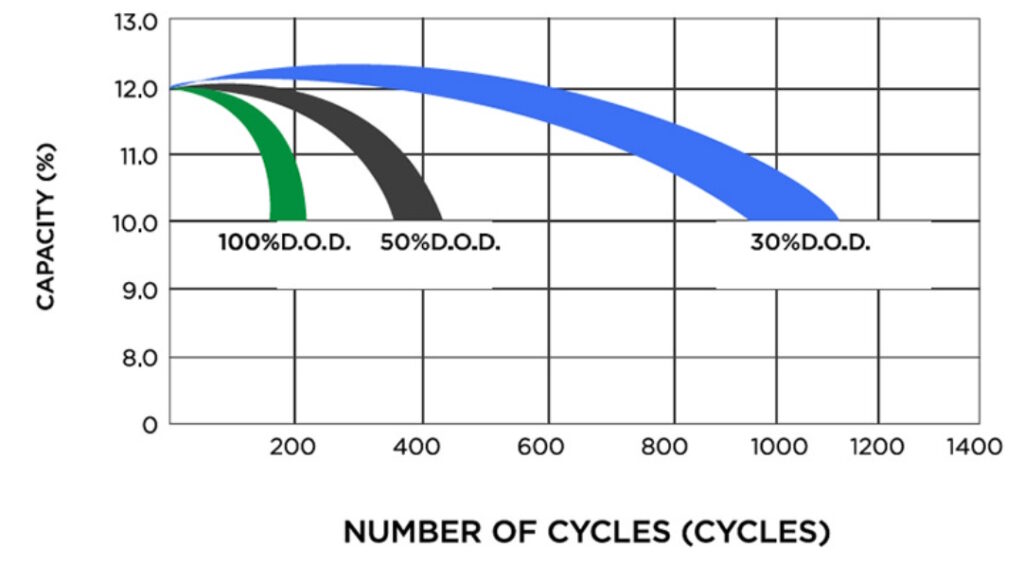
温度
极其炎热和极高的温度可以降低电池性能和寿命. 高温将加速电池内的化学反应, 导致产能损失, 低温会降低电池的效率和性能.
使用方式
使用电池的方式和充电的方式影响其使用寿命. 频繁的深层排放和过度充电会大大缩短电池的寿命. 保持电池中等电荷状态 (之间 20% 和 80%, 例如) 可以延长其服务寿命.
维持
适当的维护可以显着延长电池寿命. 例如, 避免完全放电,并确保将电池存储在凉爽, 干燥的地方. 电池组中电池的定期检查和平衡也有助于延长寿命.
电池化学
不同类型的电池化学也有固有的使用寿命差异. 例如, 锂离子电池的寿命通常比磷酸锂较短 (磷酸铁锂) 电池, 该设计更加重视生活和稳定.
通过理解和管理这些因素, 您可以有效地延长电池的循环寿命,并使其性能更耐用和稳定.
是可充电电池的循环寿命的时间越长吗, 越好?
尽管我们通常想要尽可能长的电池周期寿命, 选择电池时,这不是唯一考虑的因素. 以下是一些要牢记的关键点,以帮助您做出更全面的决定.
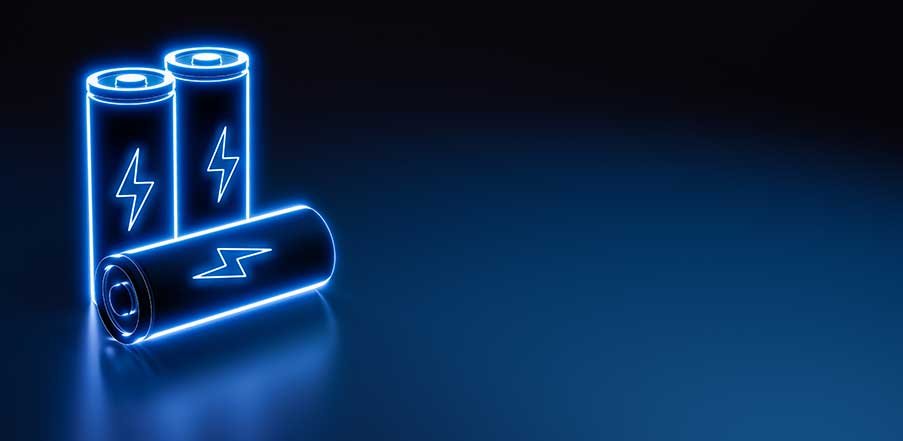
成本
笔记: 寿命长的电池 (例如LFP电池) 通常有更高的前期费用. 您需要根据实际使用和预算评估使用寿命更长的寿命是否值得更高的初始投资.
表现
笔记: 持续更长的电池可能具有较低的能量密度. 这意味着他们能够储存更少的能量,并且对于需要轻质和高能量密度的应用可能不是最佳的.
申请要求
笔记: 最适合您应用的电池取决于生活. 例如, 对于需要轻便和便携的设备, 高能量密度(如锂离子电池)可能比长期循环寿命更重要.
环境影响
笔记: 有些电池比其他电池更环保. 例如, 镍金属氢化电池的毒性较小, 而铅酸电池需要仔细处理. 选择具有更长寿命的电池也可以帮助减少浪费和环境影响.
结论
简而言之, 如果您正在寻找寿命最长的可充电电池, 然后磷酸锂 (磷酸铁锂) 电池无疑是最好的选择. 出色 2,000 到 5,000 循环寿命, 它们是预期寿命极高的应用的理想选择.
然而, 选择电池时, 平衡多种因素,例如生活也很重要, 成本, 性能和特定应用的需求. 每种长寿命电池都有其优点和缺点. 最佳选择取决于使用电池时您最重视的功能最高的功能. 通过深入了解不同类型的可充电电池以及影响其寿命的因素, 您可以做出明智的决定,最适合您的需求.
